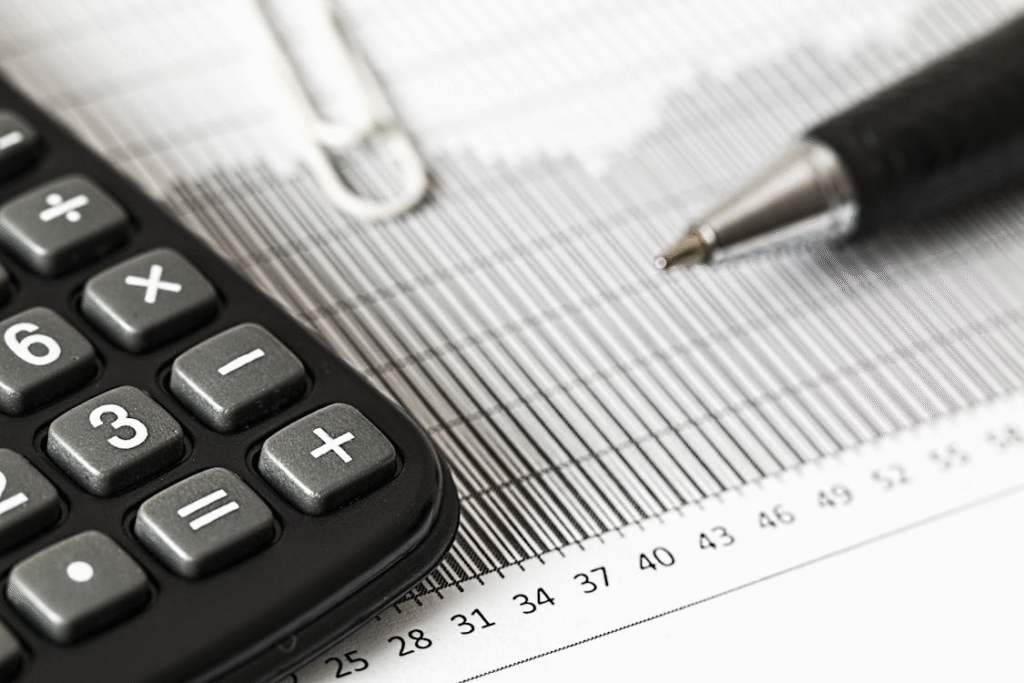
Incorporating your business can offer numerous benefits, including limited liability protection, tax advantages, and enhanced credibility. However, the process can be complex. Here’s a quick guide to help you navigate the essential steps for business incorporation.
1. Choose a Business Structure
Selecting the right business structure is critical as it impacts your legal and tax obligations. The common structures include:
- Sole Proprietorship: Easy to set up, but the owner is personally liable for all debts.
- Partnership: Involves two or more people sharing profits, losses, and liabilities.
- Corporation: Provides limited liability protection but requires more regulations and tax filing.
- Limited Liability Company (LLC): Combines the benefits of a corporationand partnership.
2. Select a Unique Business Name
Your business name should be unique and reflect your brand identity. Make sure to:
- Check Name Availability: Use state databases and the U.S. Patent and Trademark Office to ensure your chosen name isn’t already in use.
- Reserve Your Business Name: Some states allow you to reserve a name until you’re ready to incorporate.
3. Draft and File Articles of Incorporation
The Articles of Incorporation is a document that legally establishes your corporation. It includes:
- Business Name and Address
- Purpose of the Business
- Names and Addresses of Directors
- Stock Information (for corporations)
File this document with your state’s Secretary of State office and pay the necessary filing fee.

4. Create Corporate Bylaws
Bylaws are internal rules that govern how your corporation will operate. They typically cover:
- Roles and Responsibilities of Directors and Officers
- Meeting Procedures
- Voting Rights
While not always legally required, bylaws are crucial for establishing a clear operational framework.
5. Appoint Directors and Hold the First Board Meeting
Appoint initial directors who will oversee the business’s operations. During the first board meeting, directors will:
- Adopt Bylaws
- Appoint Officers
- Issue Stock (if applicable)
- Set the Fiscal Year
Document these decisions in the meeting minutes for legal and record-keeping purposes.
6. Obtain Necessary Licenses and Permits
Depending on your business type and location, you may need various licenses and permits to operate legally. This can include:
- Local Business Licenses
- State and Federal Permits
- Zoning Permits
Check with local and state government websites for specific requirements.
7. Register for Taxes
You’ll need to obtain an Employer Identification Number (EIN) from the IRS, which is used for tax purposes. Also, register for state and local taxes as required, including sales tax and unemployment insurance tax.
8. Comply with Ongoing Filing and Reporting Requirements
Corporations are subject to ongoing filing and reporting requirements. This may include:
- Annual Reports: Filed with the state to keep your business in good standing.
- Meeting Minutes: Document all corporate meetings.
- Financial Statements: Maintain accurate financial records for tax and compliance purposes.
Choose Nidhi Jain CPA for Business Incorporation Services in the Bay Area
Navigating the incorporation process can be challenging. Nidhi Jain CPA provides comprehensive business incorporation services to ensure a smooth transition. As the best CPA in the Bay Area, Nidhi Jain offers expert guidance on tax planning, business tax filing, and bookkeeping and accounting in the Bay Area.
Contact Nidhi Jain CPA today to streamline your incorporation process.



